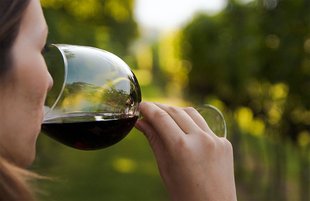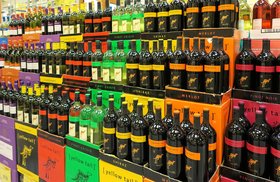Women in Wine: How Women Have Shaped the Past, Present, and Future of Fine Wine
Further reading
- Get ahead of the Fine Wine Investment game with this comprehensive guide.
- Want to explore a new red wine after Pinot Noir? Try these Delicious Pinot Noir Wines and Mouthwatering Malbecs.
Madame Clicquot Ponsardin, Veuve Clicquot
Madame Barb-Nicole Ponsardin is the undisputed Grande Dame of Champagne. Born in 1777 to a wealthy family, her winemaking journey began when her husband died unexpectedly. Widowed at age 27, Madame Clicquot was left to run her husband's banking, wool trading, and Champagne business. In an era where women were excluded from business, Madame Clicquot took full control. She changed the company’s fortunes and focused operations on Champagne production. She also changed its name to Veuve Clicquot. (Veuve means widow in French.)
At the time, Champagne was sweet, cloudy, and unfiltered with large bubbles. Champagne had to go through a second fermentation process inside the bottle to acquire those bubbles. However, Madame Clicquot found cloudy Champagne unappealing and decided that she could do better. Thus, riddling was born. The process involved turning the bottle slowly to force the sediment to the neck. The sediment was later frozen and removed, leaving a crystal clear Champagne. Riddling has since been adopted by sparkling wine producers worldwide.
When Clicquot passed away in 1866, she left behind a legacy far larger than just riddling. She also created the first rosé Champagne and the first recorded vintage Champagne. So, if you’ve ever enjoyed a vintage or rosé Champagne, you have the Grande Dame to thank.
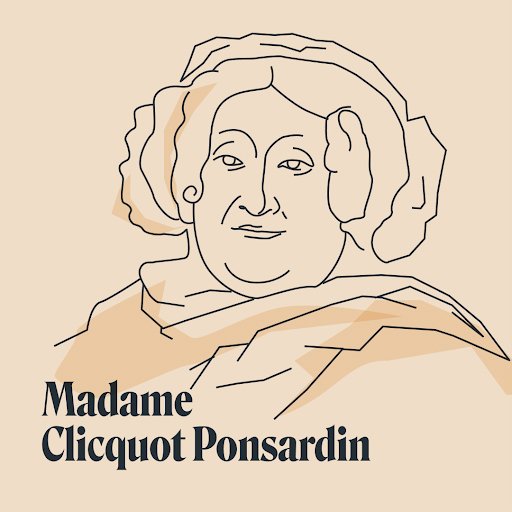
Gaia Gaja, Gaja
The legendary Gaja estate has been family-owned and operated for five generations. Today, Gaia Gaja carries on the tradition as the first woman to spearhead its winemaking. Growing up in the vines, Gaja has always been at one with wine and found peace in the vineyards.
Gaja started working in her family's business in 2004. After noticing the impact of climate change, Gaja sought new ways to combat this ever-evolving issue. At first, Gaja’s tried to switch to biodynamic production. Upon hearing this idea, though, her father responded, “You have to do something different. Something that is yours.” Instead, Gaja transformed the vineyard’s biodiversity. For example, the estate stopped cutting its grass. This adjustment allowed more water to reach the vines and introduced different worms to evolve the soil composition.
The estate’s biggest transformation under Gaja’s stewardship was growth. She recently started a new vineyard project in Etna, alongside the family’s estate in Tuscany. Her savvy business practices have made her the “Queen of Barbaresco'' and put Gaja on par with celebrated wines like Château Lafite-Rothschild or Krug.
Lalou Bize-Leroy, Domaine Leroy
There is arguably no more powerful figure in fine wine than Lalou Bize-Leroy. Her family owns a large portion of the renowned estate of Domaine Romanée-Conti (DRC), along with Maison Leroy, the iconic Burgundy négociant.
In 1955, Madame Leroy joined the family business. As part of her duties, she took weekly visits with her father to DRC. After years of hands-on experience, she developed a deep understanding of each vineyard’s terroir and what made certain wines transcendent. In 1974, Madame Leroy took over négociant operations as the co-director of Maison Leroy. Her impact was immediate. Madame Leroy only accepted fruit from vineyards with biodynamic and natural practices. The shift only made DRC fully biodynamic but also elevated the estate to new levels of success.
Following a series of frustrations, Madame Leroy left DRC in 1988 to start her own winery, Domaine Leroy. Her vision was to create a 100% biodynamic estate that captured the purest expression of terroir. Quickly, Domaine Leroy became one of the most sought-after wines from Burgundy. With a limited production of 52 acres, Madame Leroy has become the Queen of Burgundy, with some of her wines selling for more than $40,000 per bottle. To many people, Domaine Leroy is a unicorn wine most can only dream of trying.
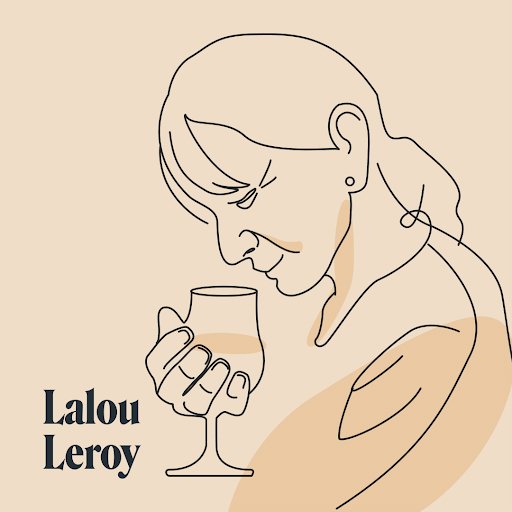
Stéphanie de Boüard-Rivoal, Château Angelus
Stéphanie is the third woman to run her family's estate and first since 1900. Growing up playing with her siblings in the vines, Stéphaine developed an intimate understanding of viticulture. In 2012, she inherited the role of the CEO and president of Château Angelus, marking the eighth generation of family ownership. Two years later, she acquired one of the oldest restaurants in Saint Émilion, the Michelin-starred Le Gabriel.
At age 38, Stephanie seeks to elevate her family's estate and Saint Émilion as a whole. For instance, she has challenged centuries-old aging processes. Most of Bordeaux uses heavy new oak to develop its wine. In recent years, Stéphanie has reduced oak usage to make wine more approachable.
Heidi Barrett, Independent Wine Consultant
Few people have done more for the California cult cab than Heidi Barrett. Born into a family of winemakers, Heidi spent her summers in Napa Valley vineyards, learning the art of winemaking. In 1980, she graduated from UC Davis with a fermentation science degree, making her only one of four women in her graduating class.
After college, Barrett took internships in Germany and Australia. Upon her return, she settled in Napa Valley as the head winemaker at Buehler Vineyards. In 1988, driven by a vision, Barrett took a leap of faith and became an independent winemaker. Her first client was Dalla Valle, for whom she produced her first two 100-point wines. This success led her to work with Jean Phillips, the founder of Screaming Eagle. Barrett’s debut was the 1992 vintage of Screaming Eagle, which is considered the holy grail amongst wine investors. Today, it’s the second most expensive wine in the world, with six magnums selling for $500,000 at a 2000 auction.
Barrett continued to string together successes with critically acclaimed wine at Paradigm, Grace Family Vineyards, Amuse Bouche, Diamond Creek, Lamborn Family Vineyards, Kenzo Estate, and her own label, La Sirena. Today, Barrett serves as a wine consultant in Napa Valley.
Celia Welch, Scarecrow
Celia Welch grew up in a family of serious wine lovers but casual home winemakers in the heart of Oregon. As a child, she helped pick the grapes with her father. Her family vacations routine involved trips to Napa Valley and Sonoma, where she became fascinated with wine flavors and aromas. These early memories caused Welch to fall in love with wine and pursue winemaking as a career. In 1982, she graduated from UC Davis with a degree in fermentation science. (Sound familiar?) After graduating, Celia traveled to New Zealand and Australia, where she worked several harvests before settling in Napa Valley to continue to refine her craft.
After eights years at Silverado Vineyards, Welch became an independent wine consultant. In 1992, Celia started consulting with the Staglin Family Vineyards. Her success there only magnified her reputation, and she has since worked with nearly a dozen estates. Currently, she makes wine at Scarecrow and for her personal label, Corra Wines. She was named Food and Wine Magazine’s Winemaker of the Year in 2008, and her 2015 vintage of Scarecrow received a 99-point rating from Robert Parker’s Wine Advocate.
Veronique Drouhin, Joseph Drouhin
In winemaking, European wine regions are considered “old world. Everything else is “new world.” Veronique Drouhin represents the bridge between the two that lets consumers get the best of both worlds.
Drouhin grew up in Burgundy, where her family has practiced winemaking since 1880. During her time at college in Beaune, she cultivated a passion for pinot noir. When her family’s estate, Maison Joseph Drouhin, purchased land in Willamette, Oregon, they needed someone to kickstart the new world operations tailored to this fickle red grape. Drouhin was the obvious choice. Since 1987, she has produced more than 30 vintages and has served as a guardian for the family’s traditional Burgundian style.
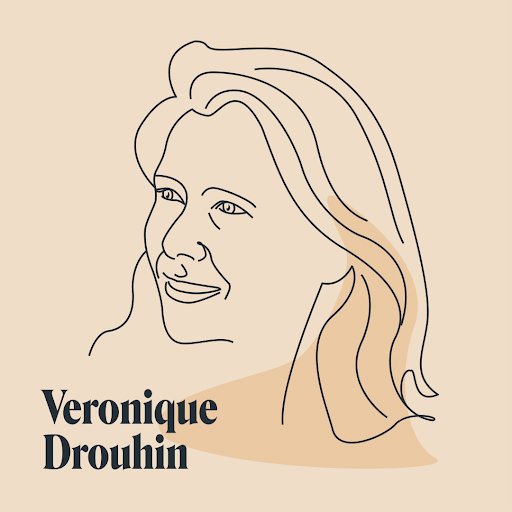
The Final Sip
From Madame Barb-Nicole Ponsardin to Heidi Barrett, these pioneering women have provided the foundation for future generations of female winemakers, négociants, and business owners. They have challenged tradition and proved that women can stand shoulder to shoulder with the best in the business. Even though fine wine remains male-dominated, we are witnessing a tectonic change. Half the fermentation science graduating classes are now women!
